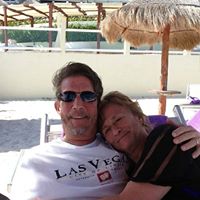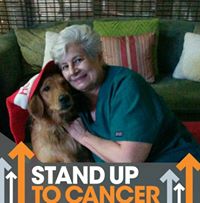What is the biggest cell in the human body?
The Ovum or egg cell is the biggest cell in the human body (visible to the naked eye). The ovum is a female reproductive cell (gamete) in oogamous organisms. In vertebrates, ova are produced by female gonads (sexual glands) called ovaries.
The Red blood cells (RBCs), also called erythrocytes, are the most common type of blood cell and the principal means of delivering oxygen(O2) to the body tissues- via blood flow through the circulatory system. Approximately 2.4 million new RBCs are produced per second in human adults. Nearly half of the blood's volume (40% to 45%) is red blood cells.
The White blood cell, or leukocyte is a type of Monocyte. They are produced by the bone marrow and circulate in the bloodstream for about one to three days and then typically move into tissues throughout the body. They are the largest corpuscle in blood.
The Sperm cell is male reproductive cell, and is the smallest cell in human body. It consists of a head, neck, a midpiece and a tail. Head contains nucleus with densely coiled chromatin fibres, surrounded anteriorly by an acrosome, which contains enzymes used for penetrating the female egg. Neck contains the sperm centriole. Midpiece has a central filamentous core with many mitochondria spiralled around it, used for the journey through the female cervix, uterus and uterine tubes. And the tail or "flagellum" executes the lashing movements that propel the spermatocyte.
More Info:
en.wikipedia.org










